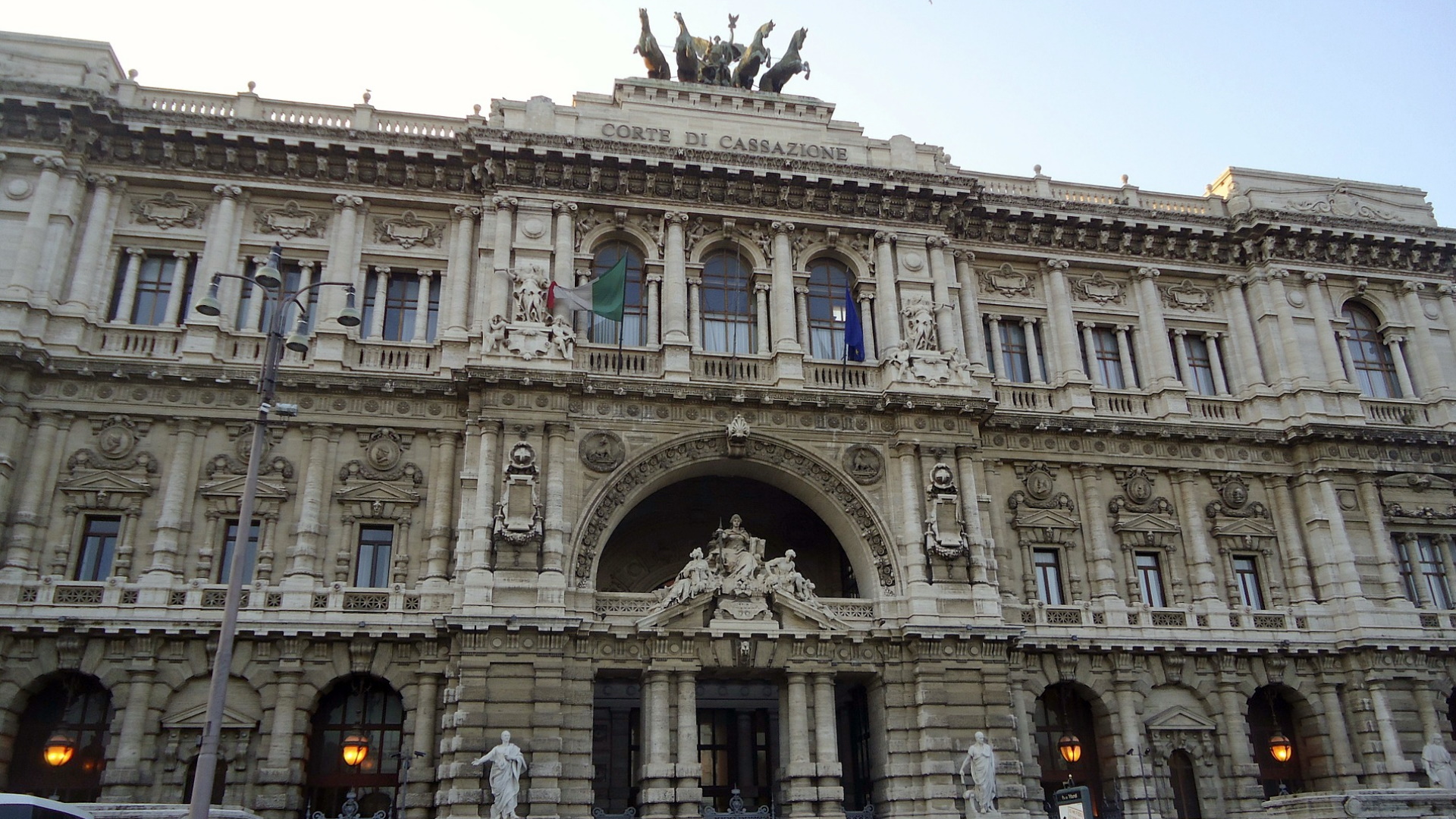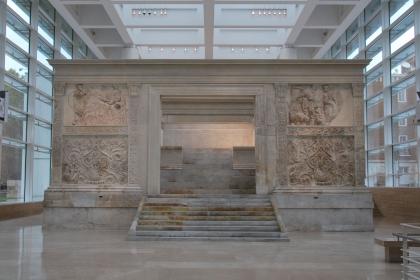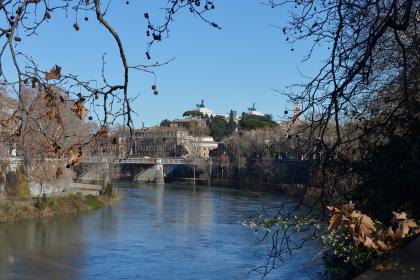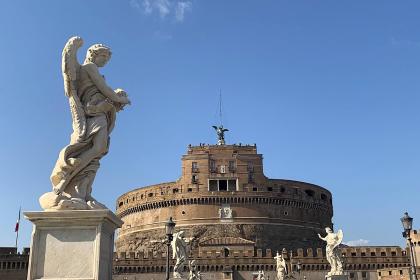
Home to the Supreme Court of Justice and the Council of the Lawyers' Association of Rome, the Palace of Justice is also known as the Palazzaccio, the nickname Romans gave it, for its size.
Built between 1889 and 1911 by architect Guglielmo Calderini, it was one of the monumental works carried out after Rome's proclamation as the Kingdom of Italy Capital.
During the construction works, the river's slime sands yielded two funerary remains dating from 150-170 AD. both belonging to members of the same family: one of a young girl, Crepereia Tryphaena, now displayed at the Centrale Montemartini, and the other of Crepereio Euhodo. However, the most exceptional discovery is the object that belonged to the girl, an ivory doll, about 23 centimeters high, with a finely sculpted face and a rich hairstyle but above all articulated, demonstrating a high level of craftsmanship.
The palace, the structure of which is made from reinforced concrete, is covered in travertine. Looking towards the Tiber, on the main façade is a large triumphal arch forming the entrance portal surmounted by the sculptural group of Justice seated between the symbolic figures of Law and Force.
The façade consists of a central body and two lateral ones featuring other colossal statues by different sculptors and depicting Cicero, Papinianus, De Luca, and Vico standing at the entrance sides. Those of Licinius Crassus and Salvo Giuliano are seated. On either side of the three large windows surmounting the central arch are two winged figures representing Strength and Fame, the attributes of which are the trumpet and the crown.
Ara Pacis Museum

 Condividi
Condividi
The river Tiber

According to legend, the history of Rome begins right here
The Mausoleum of Hadrian - Saint Angel Castle

 Condividi
Condividi
Information
Please note: the building is closed to the public and is visible only from the outside.
 Condividi
Condividi
Location
To find out about all accessibility services, visit the Rome accessible section.











































